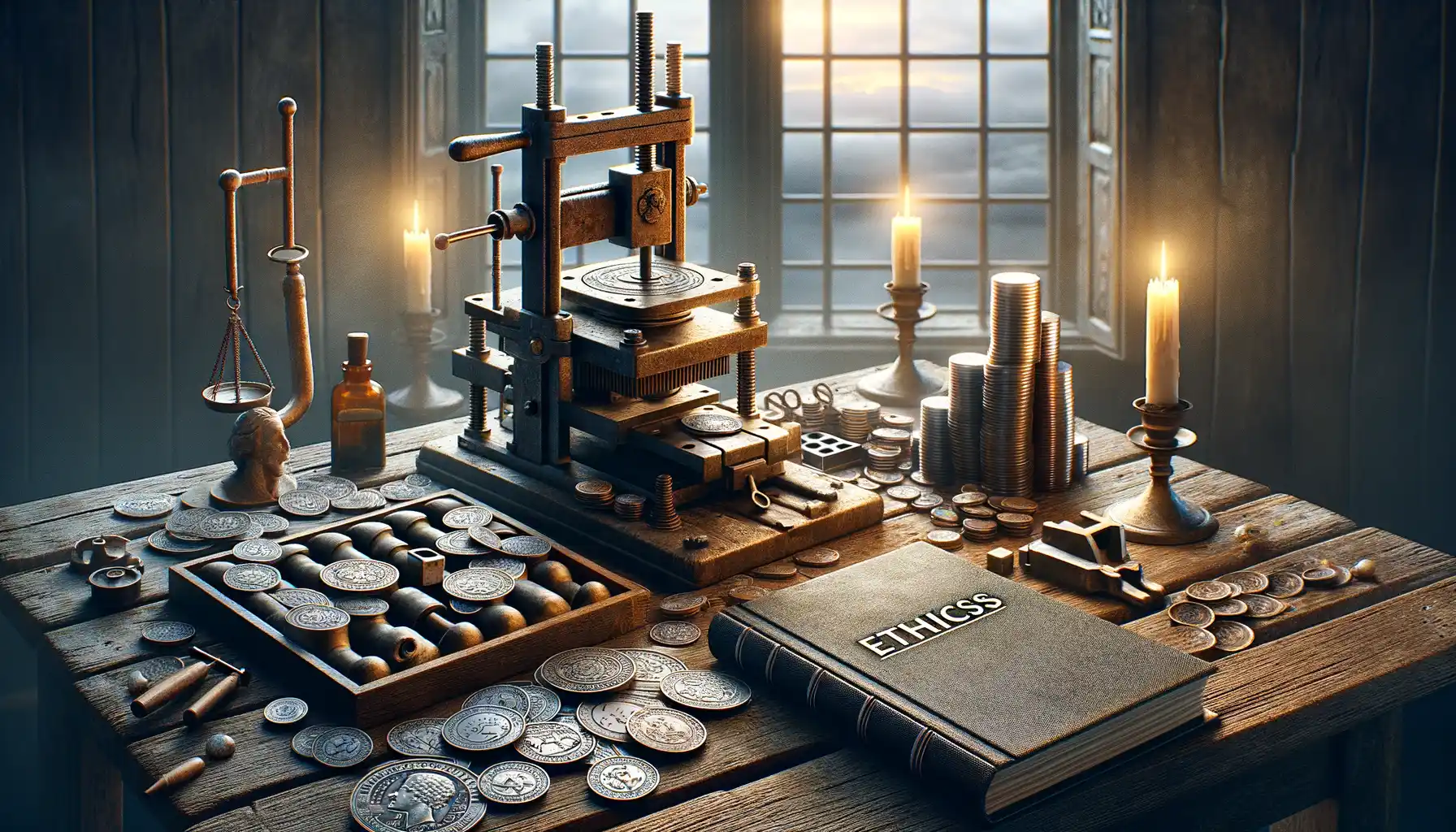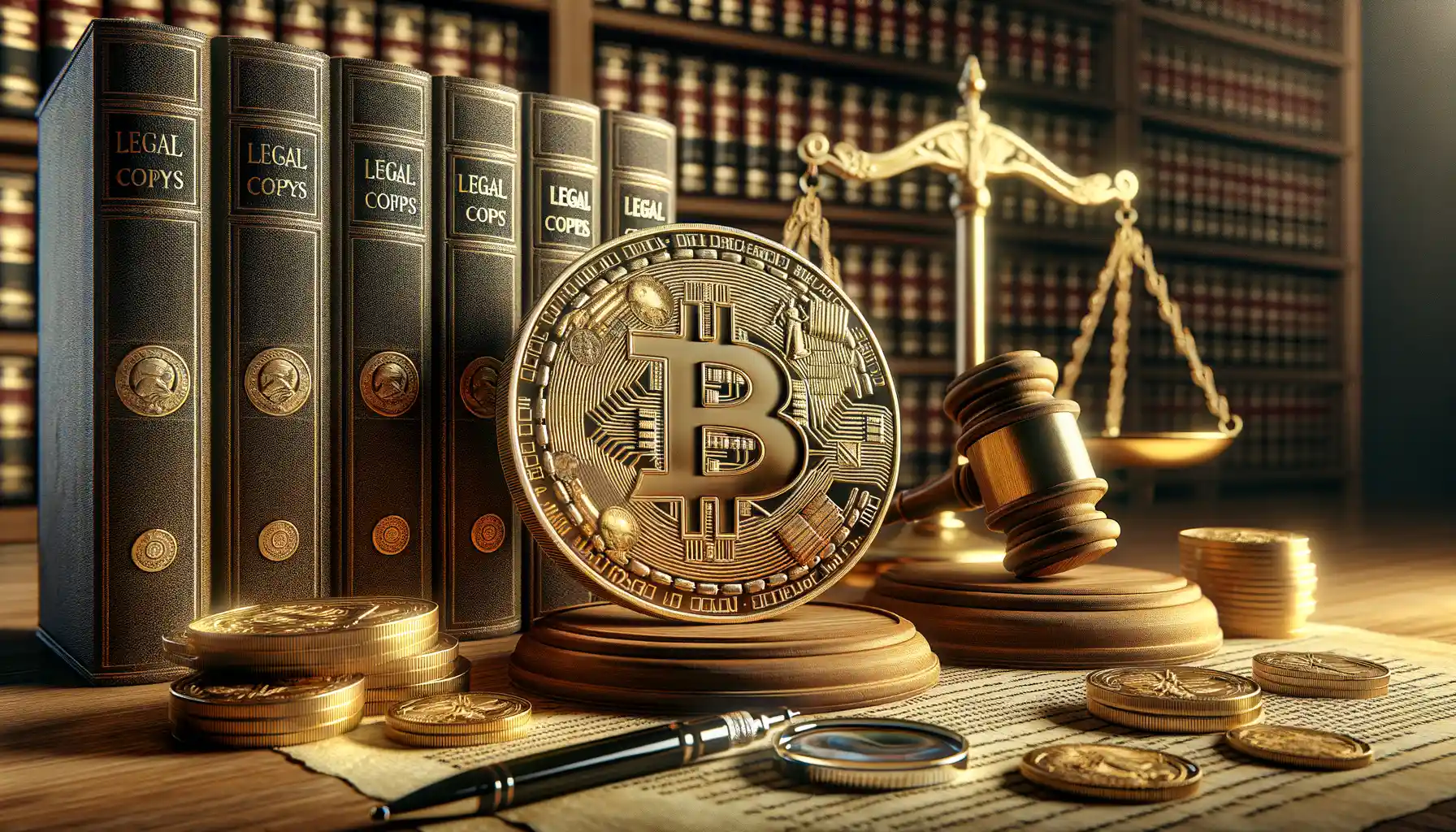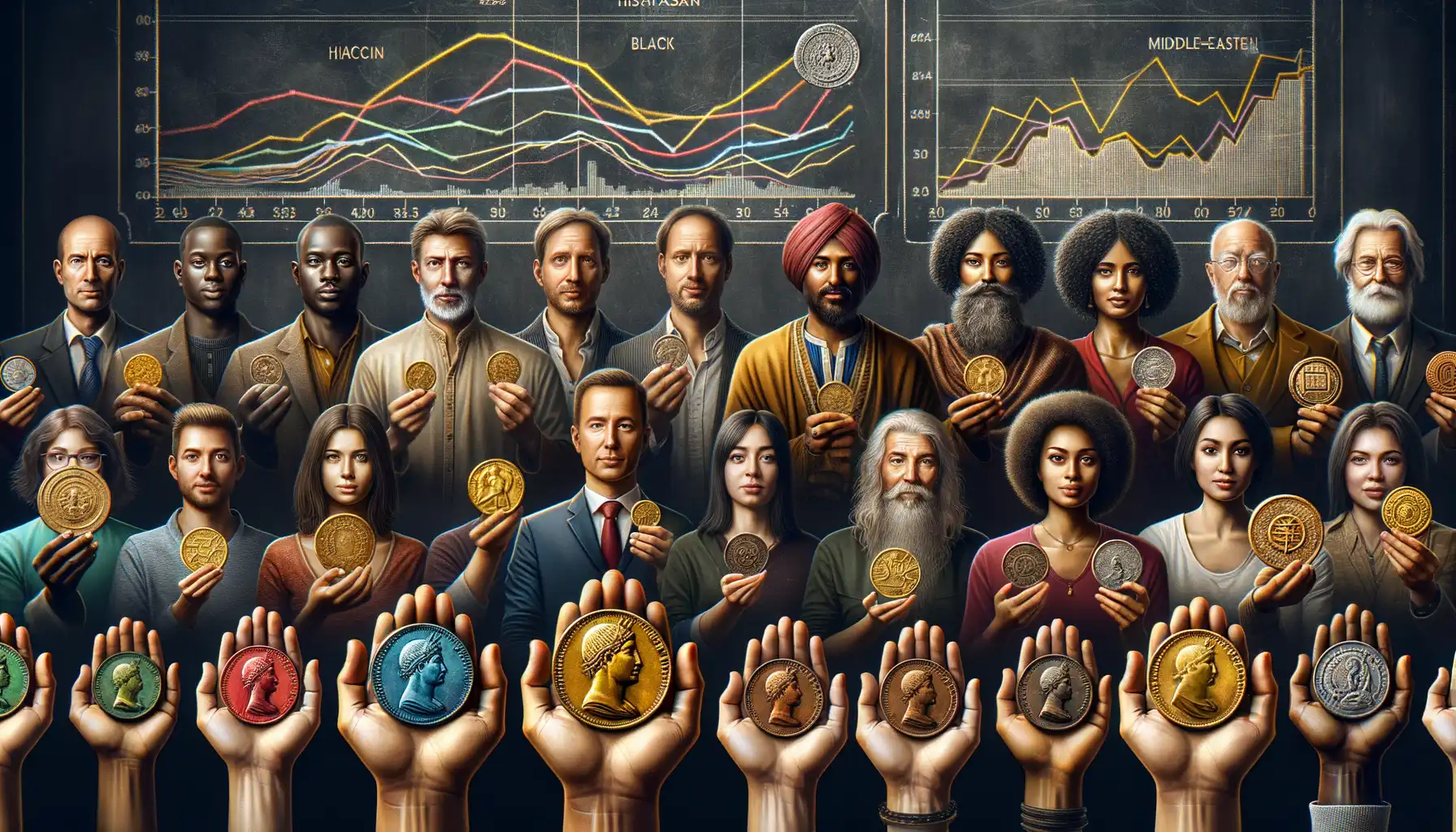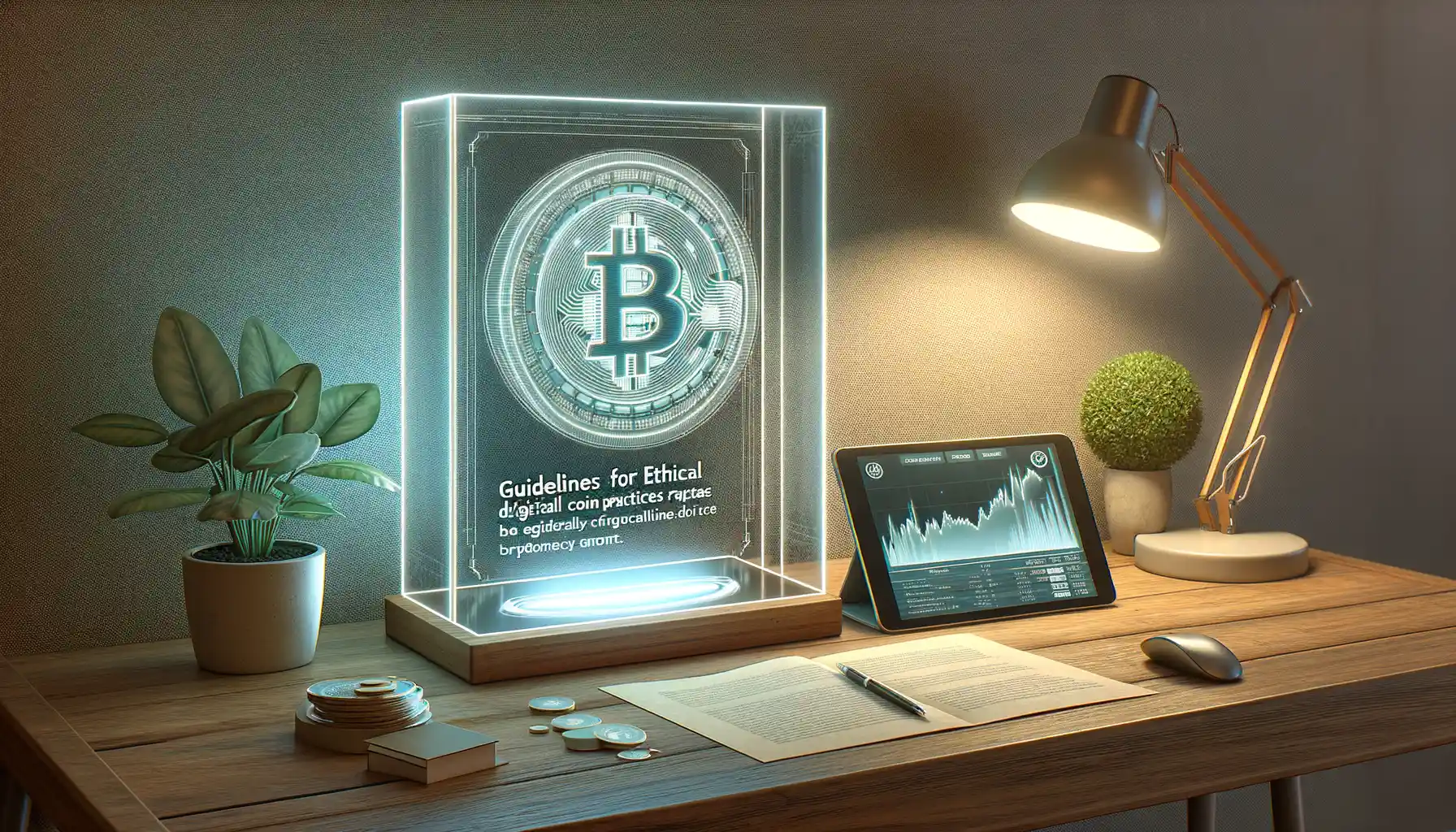Understanding Digital Coin Reproductions
What Exactly Are Digital Coin Replicas?
Imagine holding an ancient coin in your hand—a piece of history, etched with the sweat and artistry of the past. Now, picture that same coin painstakingly recreated in pixels, every detail sharpened and immortalized in a digital format. That’s what we’re talking about here: digital coin reproductions. These aren’t just scans or basic images; they’re intricate, high-resolution reproductions designed to mimic the original down to its tiniest detail.
Why do these exist? Sometimes it’s for education—offering museums and enthusiasts a way to study rare coins without risking damage to the originals. In other cases, it’s to provide collectors with a digital archive of their prized possessions. And then there’s the creative side, where artists transform classic coin designs into new realms of digital artwork.
But let’s not sugarcoat it—this innovation walks a fine line. When you replace the tangible weight of metal with pixels, there’s beauty, yes, but also a Pandora’s box of questions: authenticity, origin, value. It’s not just about “copying” a coin. It’s about recalibrating what ownership means in a world that exists both online and off.
How Do They Capture Every Detail?
If you’ve ever marveled at the gleam of a freshly struck coin or the patina of an ancient one, you’ll know that coins are more than surfaces—they’re stories. Digital reproduction seeks to capture all of that:
With technologies like photogrammetry and laser scanning, it’s as if the coin is being reimagined molecule by molecule. The result? A digital counterpart that feels so real you might want to reach through the screen. But this kind of precision comes with its own set of ethical dilemmas—ones we’ll dive into soon.
Ethical Implications of Coin Reproduction

The Emotional Weight of Ownership
Picture this: a collector holds an ancient coin in their hand, feeling its weight, its texture, its *history*. That very coin may have traveled through the pockets of emperors or merchants. Now imagine someone creating a digital replica of that coin—identical to look at, but stripped of its essence. While replicas might fool the eye, they can’t carry the genuine emotional weight of the original.
This is where ethical questions bloom like wildfire. Does reproducing a digital version devalue the artifact’s unique story? For collectors, owning a rare coin isn’t only about rarity; it’s about connection and legacy. A digital reproduction might be practical, but could it dilute the meaning of ownership? Some would argue: yes, absolutely.
Respecting Craftsmanship and Creators
When a coin is reproduced digitally, it’s easy to overlook the artistry behind the original. Coins aren’t just hunks of metal; they’re miniature works of art painstakingly carved, pressed, and molded. By replicating them with pixels, are we undermining the talents of those who created them?
Here’s a thought:
- How can we ensure the original creator is acknowledged?
- Should reproductions credit artwork or design rights?
- And most importantly, how do we avoid taking away from the craft’s authenticity?
A digital copy might mimic the look, but it can never replicate the soul infused by the artist’s hands.
Legal Considerations Around Digital Coin Copies

Is Copying Coins Crossing Legal Boundaries?
Imagine strolling through a bustling market of ideas, where each digital coin copy feels like a shiny trinket waiting to be picked up. But wait—what are the rules of this marketplace? When you’re dabbling in reproducing coins digitally, the law isn’t just fine print; it’s the map that keeps you on the right side of the road.
For starters, many countries treat coin designs as intellectual property, especially if they’re still in circulation or carry historical significance. That means creating and sharing a digital replica could be walking into a legal minefield. Are you modifying the original design? Using it for commercial purposes? These details matter.
- Copyright laws: In places like the U.S. and EU, coin designs are often protected under strict copyright regulations.
- Counterfeit laws: Even virtual replicas could raise eyebrows if they look too much like the real thing.
Laws vary wildly depending on the country. While some regions are lenient about reproductions for personal use, others may view even harmless digital copies as potential counterfeiting. Play it safe—consult legal experts or official guidelines before diving headfirst into this world. The stakes might be higher than they seem!
Impact on Collectors and the Value of Coins

The Ripple Effect on Collector Communities
For coin enthusiasts, coins are far more than shiny pieces of metal. Each one tells a story, carries a legacy, and for many collectors, they’re tiny treasures with immense emotional resonance. But when digital reproductions enter the scene, the waters can get murky—and fast.
Imagine you’ve spent years hunting down that elusive 1933 Saint-Gaudens Double Eagle for your collection, only to discover an identical digital reproduction floating around online. Even though it’s not tangible, doesn’t it feel like it steals some of that hard-found magic? And if that magic dwindles for you, it could for others too—impacting the very essence of what makes collecting so special.
How Digital Copies Influence Value
The worth of a coin is often a fragile blend of rarity, historical significance, and condition. But digital reproductions? They rock the value scale in unpredictable ways. Let’s break it down:
- Rarity Disruption: If anyone can create a perfect digital replica, does “unique” even hold meaning anymore?
- Buyer Confusion: Novice collectors may mistakenly purchase a digital copy, believing it’s authentic.
- Market Dilution: Too many replicas—digital or physical—can make the original lose some of its shine (and price tag).
Collectors, after all, thrive on exclusivity and authenticity. The moment these pillars wobble, the entire coin-collecting world feels the tremors.
Guidelines for Ethical Digital Coin Practices

Respecting the Essence of Authenticity
Creating or using digital coin reproductions? It might feel harmless, even creative—like snapping a photo of a masterpiece at a museum. But pause for a moment: are you preserving the spirit of the original, or unintentionally muddying its history? To practice ethically, let’s zero in on a few key principles:
- Transparency is key: Always make it clear that your digital copy is a reproduction. Label files, include disclaimers, and never pass off a replica as the real deal.
- Keep intent front and center: Why are you creating this digital duplicate? For education? Personal enjoyment? Stay grounded in a respectful purpose, not exploitation.
Mindfulness for Collectors and Creators
Now think about collectors—those passionate souls who value coins for their historical weight and aesthetic charm. Introducing poor-quality or misrepresented digital copies could distort market dynamics and diminish trust in the community. Would you want your beloved collection misinterpreted or misused? Probably not!
A golden rule here: build your digital coin practices on a foundation of integrity, as though every created pixel is an extension of the original artifact’s legacy. Approach with care, honesty, and a little extra reverence—it makes all the difference.
